7 Gen Z Marketing Strategies For Retail Brands To Ace Brand Loyalty In 2023
Gen Z is broadly defined as the 72 million individuals born between 1997 and 2012. When it comes to marketing to the Gen Z audience, the generic marketing strategies and approaches that you’ve used in the past, might not work so well now. Why is that, we hear you say? Well, because they’re a very switched-on generation.
Not only do they have less trust in larger institutions, but they tend to question a lot of the problematic behaviours or the way companies conduct themselves. In fact, climate change is Gen Z’s greatest fear. And, You’re just a click away from the cancel culture and as a generation that’s grown up with technology, there are high expectations to meet.
In this article, you’ll get a better understanding of what Gen Z is, Gen Z Marketing stats, and some Generation Z marketing strategies and examples to try out.
What constitutes ‘Gen Z?’
So what does it mean to be a Gen Z? A Gen Z is born between the late 1900s and early 2010s. It’s one of the largest generations, and here in the UK, it constitutes 12.6 million people out of the 66.8 million. That’s nearly 13% of the general population!
The characteristics of Gen Z are that they are native when it comes to the digital world. They enjoy their privacy, and they like to receive their information fast.
Statistics on the Gen Z Generation for retail brands
For retailers, the trust that Gen Z has for bigger corporations is on the decline, opting to trust smaller businesses instead.
When it comes to Gen Z marketing statistics, poor customer service is a big one, with 48% saying that a bad service would cause them to stop shopping at their favourite stores.
A survey conducted in the UK in 2020 by Statista, asked participants about what makes a great retail brand. The results showed that 24% of young adults answered ethics and politics. For this generation, it’s more than just what the retail brand is selling and more so to do with the company’s approach to social awareness like sustainability, for example.
Understanding Gen Z’s Shopping Habits and Preferences
Understanding Gen Z’s shopping habits and preferences requires taking into account their unique characteristics, attitudes, and the technological landscape they have grown up with. Here are 10 key insights into their shopping behaviour:
- Digital Natives – Gen Z is the first generation to have grown up with widespread access to the Internet and smartphones. They are highly tech-savvy, spending a significant amount of time online and relying heavily on digital platforms for their shopping needs.
- Mobile Shopping – This generation predominantly uses smartphones for shopping. They value convenience and expect seamless mobile experiences.
- Online Research – Before making a purchase, Gen Z tends to conduct extensive online research. They read reviews, seek recommendations from influencers or peers, and compare prices across multiple websites.
- Social Media Influence – Gen Z heavily relies on social media platforms like Instagram, TikTok, YouTube, and Snapchat for shopping inspiration. They follow influencers and content creators who influence their purchasing decisions.
- Authenticity and Transparency – They value authenticity and expect brands to be transparent. They prioritise brands that demonstrate social responsibility, environmental sustainability, and inclusivity.
- Personalisation – Gen Z appreciates personalised shopping experiences. They are more likely to engage with brands that offer tailored recommendations, personalised offers, and customisable products.
- Fast Fashion and Sustainability – While Gen Z is known for its interest in fast fashion and the latest trends, there is also a growing emphasis on sustainability. Gen Z consumers are conscious of the environmental impact of their choices and seek out eco-friendly and ethically produced products.
- Seamless Checkout and Payment Options – They value frictionless shopping experiences. They expect streamlined checkout processes and multiple payment options, including mobile wallets and digital payment platforms.
- Omnichannel Approach – While Gen Z predominantly shops online, they also enjoy in-store experiences. Brands that provide seamless integration between online and offline channels, such as click-and-collect options or in-store pickup, can cater to Gen Z’s preferences.
- Limited Attention Span – Gen Z has a shorter attention span due to their exposure to constant information and stimuli.
Types of Marketing Channels to Target Gen Z
To effectively target Gen Z, it’s essential to understand the marketing channels that resonate with this generation. Here are some types of marketing channels that can help you reach and engage Gen Z:
Social Media Platforms
Gen Z is highly active on social media platforms like Instagram, TikTok, Snapchat, and YouTube. These platforms offer opportunities for brands to create engaging content, collaborate with influencers, run targeted ads, and build a strong presence to reach Gen Z effectively.
Messaging Apps
This generation is also known for its reliance on messaging apps like WhatsApp, Facebook Messenger, and Snapchat. Brands can leverage these platforms to engage with Gen Z through personalized messaging, customer support, or exclusive offers and promotions.
Email Marketing
While social media is dominant, email marketing can still be effective if done right. Gen Z appreciates personalized and relevant content. Segment your email list based on their preferences and behaviors to deliver tailored messages that resonate with Gen Z’s interests.
7 Generation Z marketing strategies
There are plenty of marketing strategies and examples that you can make use of as a retail brand in 2023. Here are several gen z marketing strategies to get you started.
1. Be completely transparent and truthful.
Generation Z has seen it all when it comes to marketing online, and if they’re introduced to anything that’s new, they’ll want it to be truthful and honest. If there’s not complete transparency, then they’re a generation that’s likely to see through it.
A good example of transparency is a brand called LUSH. They’re often very honest in their social media content, and in the past, they’ve posted a lot about charities they work with and how some of their profits go to these initiatives.
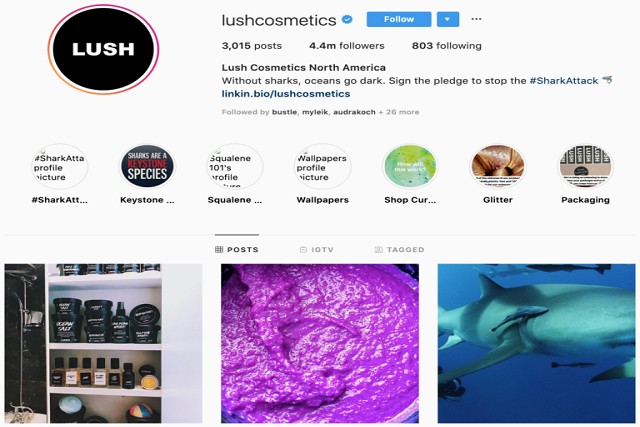
Image Source: lushcosmetics | Instagram.com
2. Be accountable for your decisions
A lot of businesses in the past would be able to get away with some of the decisions or choices they’ve made, but with the Internet, everything is more readily available, and that cancel culture we talked about earlier is one that can damage a business.
Accountability is also about brands doing more to help with issues or gaps in the market.
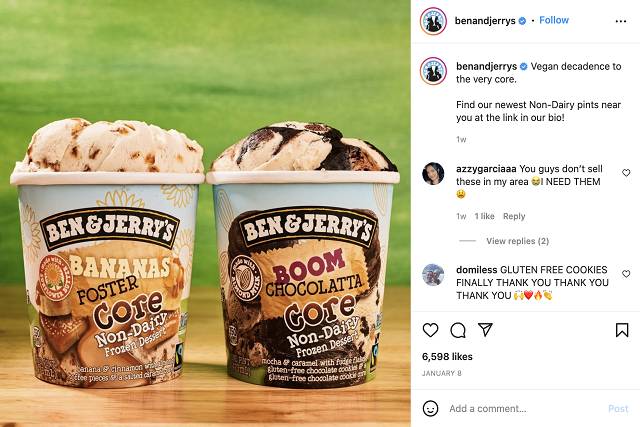
Image Source: benandjerrys | Instagram.com
3. Show off your brand’s personality
There’s nothing more enjoyable for Generation Z than to see a brand show off its personality. It’s good to see that there’s a human behind the brand and not just the corporate, sales pitch that older generations are used to.

(Image Source)
4. Don’t take yourself too seriously as a company
There are lots of brands that are scared of stepping on people’s toes and don’t want to offend anyone. However, there are always going to be those who take what you say the wrong way. As a brand, it’s important not take yourself too seriously, otherwise, your Gen Z audience is likely going to think you’re no fun!
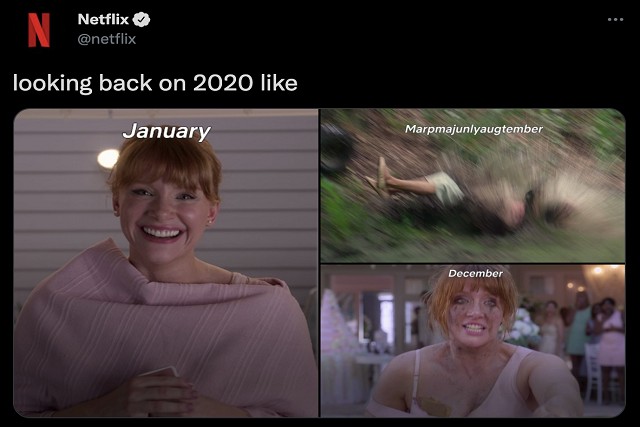
Image Source: Netflix
5. Build a community with user-generated content.
User-generated content is big at the moment, and as a marketer, it can help save you a lot of money. From influencers to everyday individuals that make great content, many brands are taking advantage of it.
New Look is one of the many popular fashion stores to adopt this method of marketing, using a mix of official promotion and user-generated content.
6. Utilise video content
Video content is highly popular at the moment, with 96% of consumers having an increase in their online video consumption.
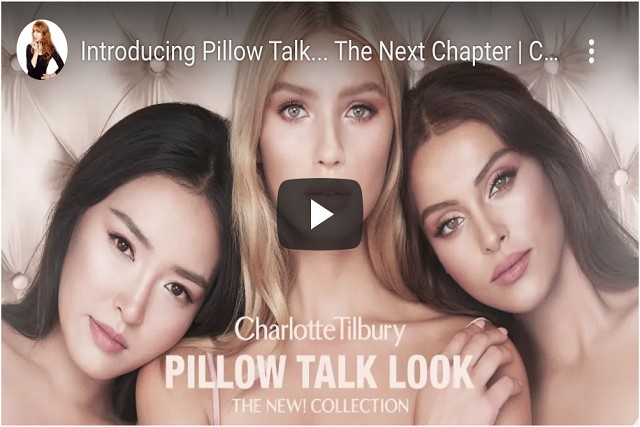
Image Source: Charlotte Tilbury | Youtube
7. Use influencers wisely
It’s important that whilst influencers are very popular nowadays, you can end up damaging your reputation with the wrong person, or someone ends up making a mistake, like the recent issues surrounding Molly Mae, which is a good gen z marketing case study gone wrong.
Gymshark is an athletics brand that has grown substantially due to its cult following. The brand has also collaborated with many influencers over the course of its growth.
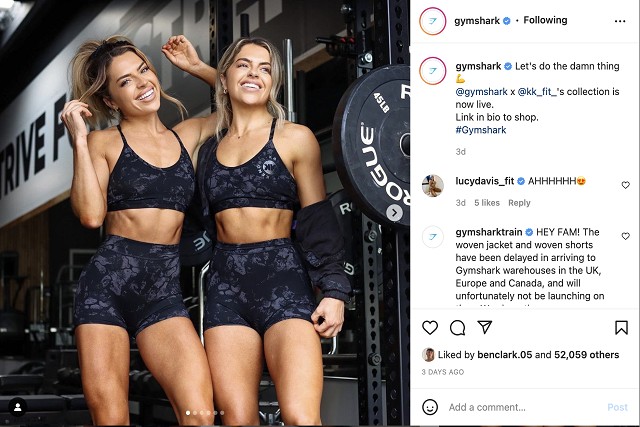
Image Source: gymshark | Instagram.com
Gen Z advertising examples
- Fenty Beauty – Fenty Beauty, Rihanna’s makeup brand, has successfully targeted Gen Z by embracing diversity and inclusivity. Their campaigns celebrate a wide range of skin tones and body types, challenging traditional beauty standards. By leveraging social media and collaborating with influencers, Fenty Beauty has effectively engaged Gen Z and created a sense of authenticity and representation.
- Chipotle – Chipotle, a fast-casual restaurant chain, has effectively targeted Gen Z by emphasizing its commitment to fresh, sustainably sourced ingredients. They have leveraged platforms like TikTok to create engaging challenges and user-generated content while incorporating social and environmental responsibility messaging into their advertising. Chipotle’s approach aligns with Gen Z’s interest in transparency, ethical practices, and sustainability.
- Old Spice – Old Spice launched the “The Man Your Man Could Smell Like” campaign, featuring humorous and offbeat commercials that went viral. The campaign utilized social media, YouTube, and influencers to engage Gen Z through humor and memorable content. Old Spice effectively positioned its products as modern and appealing to a younger audience.
- Glossier – Glossier, a skincare and beauty brand, has built a strong Gen Z following through its minimalist and relatable approach. Their marketing focuses on user-generated content, featuring real customers sharing their experiences and showcasing the brand’s products. Glossier’s inclusive and community-driven approach has resonated well with Gen Z.
- Sprite – Sprite has targeted Gen Z through its “Obey Your Thirst” campaign, which encourages young people to be true to themselves and embrace their individuality. The campaign utilized social media platforms, interactive content, and collaborations with popular Gen Z influencers. Sprite’s approach emphasizes authenticity, self-expression, and the pursuit of personal passions.
Gen Z advertising trends and retail trends
When you consider the shopping habits we’ve come to associate with Gen Z, it probably doesn’t come as a surprise to learn about some of these key retail trends:
Frictionless checkout and payment options
Gen Z expects a seamless and fast checkout process. Retailers need to provide multiple payment options, including digital wallets and contactless payments, to cater to Gen Z’s preferences. Streamlining the checkout process and minimizing any friction points can enhance the overall shopping experience.
Social responsibility and purpose-driven brands
As discussed, this generation appreciates brands that have a clear mission and contribute positively to society. Retailers who align with social causes, engage in philanthropy, or support community initiatives are more likely to resonate with Gen Z’s values and earn loyalty.
Influencer marketing
Retailers are collaborating with relevant influencers to promote their products, run influencer-led campaigns, and engage Gen Z through authentic and relatable content. Influencer marketing can significantly impact Gen Z’s purchasing decisions.
Social commerce
Gen Z’s strong presence on social media platforms has led to the rise of social commerce. Retailers are leveraging platforms like Instagram, TikTok, and Snapchat to showcase products, run targeted ads, and enable in-app shopping experiences. Gen Z appreciates the seamless integration of shopping within their social media feeds.
Grow your brand by implementing Generation Z marketing strategies
So there you have it: everything you need to know about Gen Z, including some important Gen Z marketing tips. When it comes to Gen Z marketing trends in 2023, it’s worthwhile taking full advantage of the strategies mentioned above. Make sure to stay informed on what works and what doesn’t when it comes to Gen Z marketing campaigns.
The marketing landscape is forever changing, and we’re likely to see a different approach to marketing for future generations, like the latest Generation Alpha.
This blog post is Last updated on June 23rd, 2023.
Subscribe To Us
Contributors
Categories
Subscribe To Us
Contributors
Categories

This website uses cookies so that we can provide you with the best user experience possible. Cookie information is stored in your browser and performs functions such as recognising you when you return to our website and helping our team to understand which sections of the website you find most interesting and useful. Third party cookies such as Google Analytics is also used on this site to provide analytics in order to better understand the user engagement on our site.
You can adjust all of your cookie settings by navigating the tabs on the left hand side.
Strictly Necessary Cookie should be enabled at all times so that we can save your preferences for cookie settings.
If you disable this cookie, we will not be able to save your preferences. This means that every time you visit this website you will need to enable or disable cookies again.







0.Comments